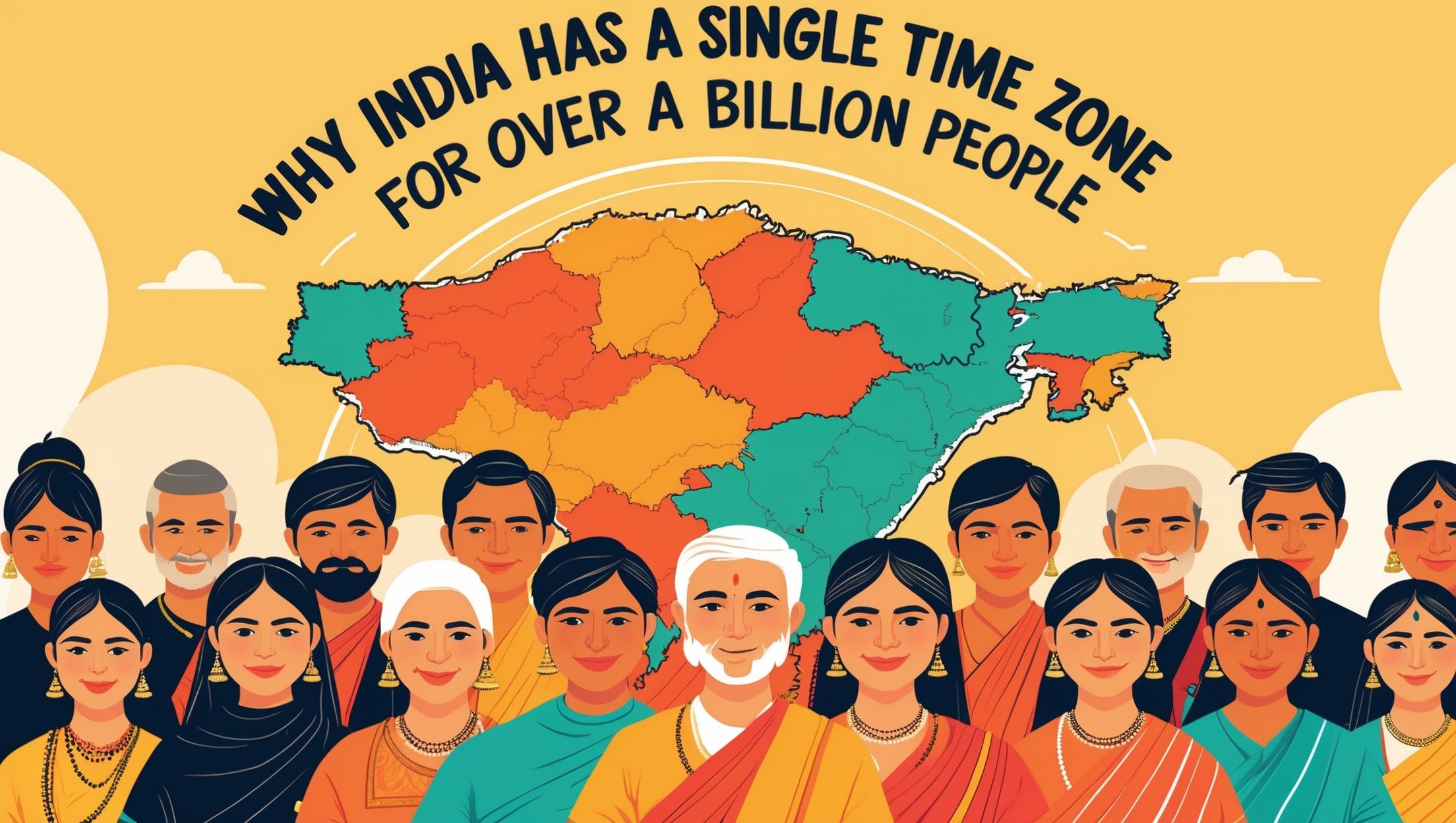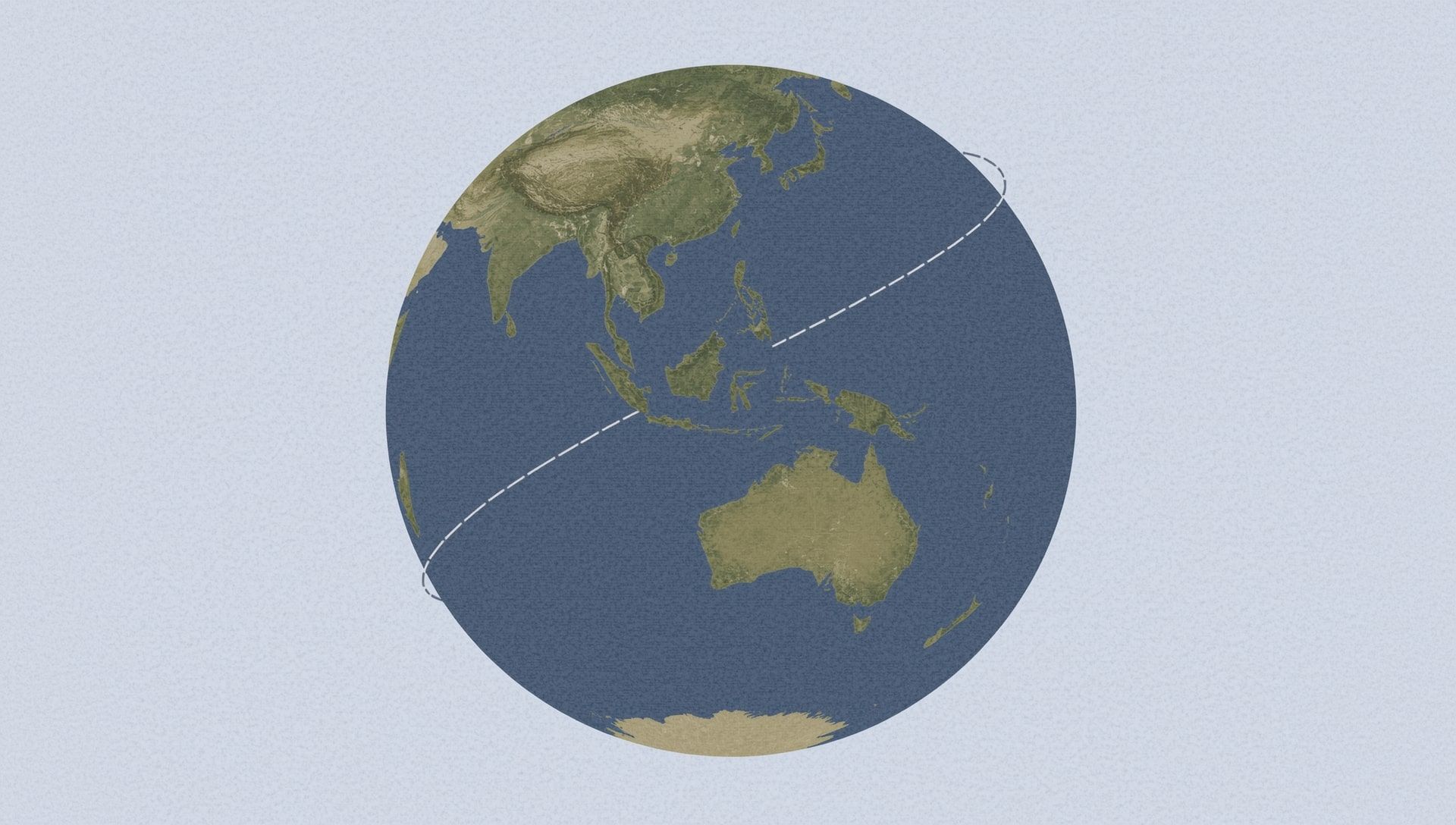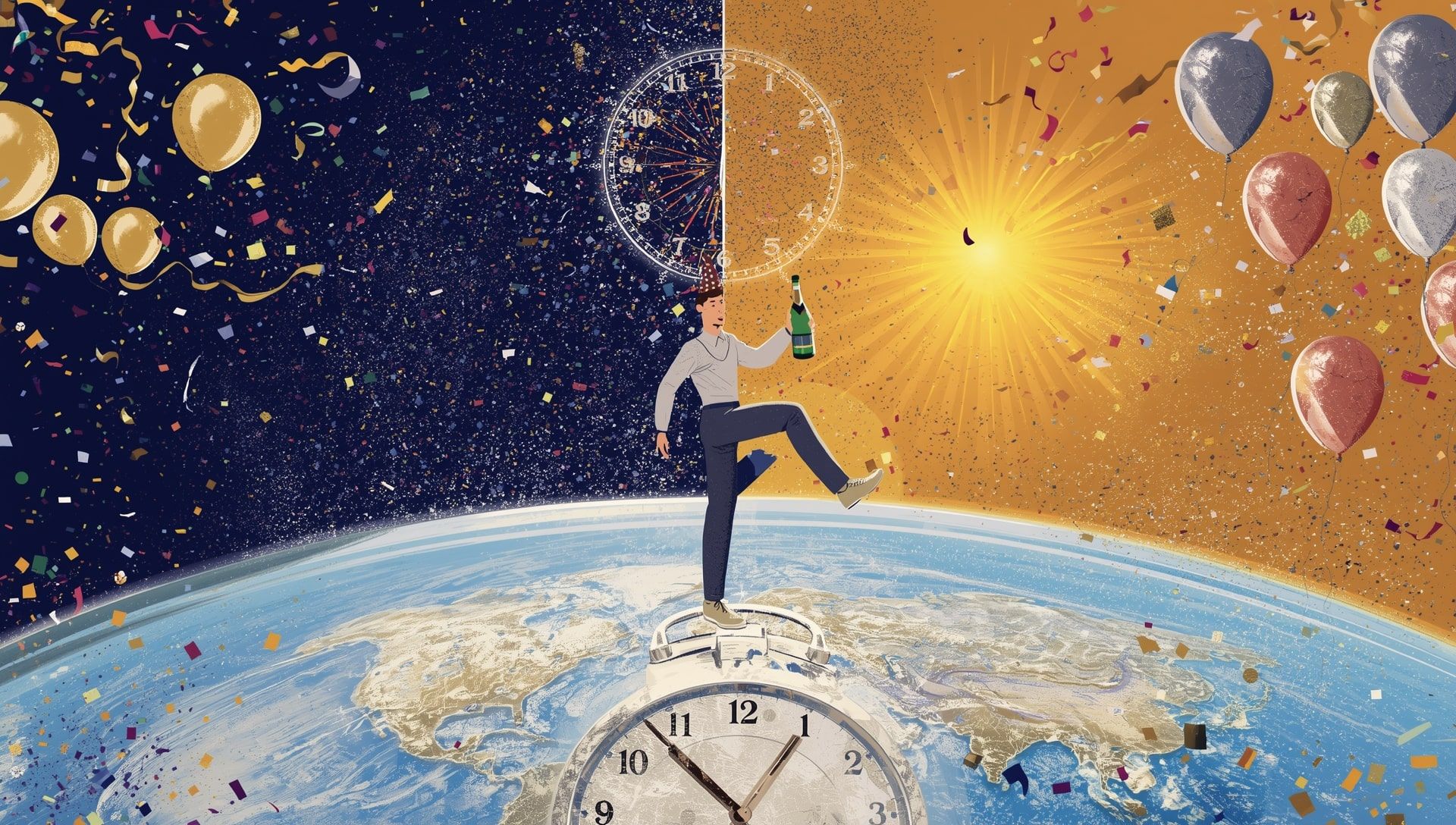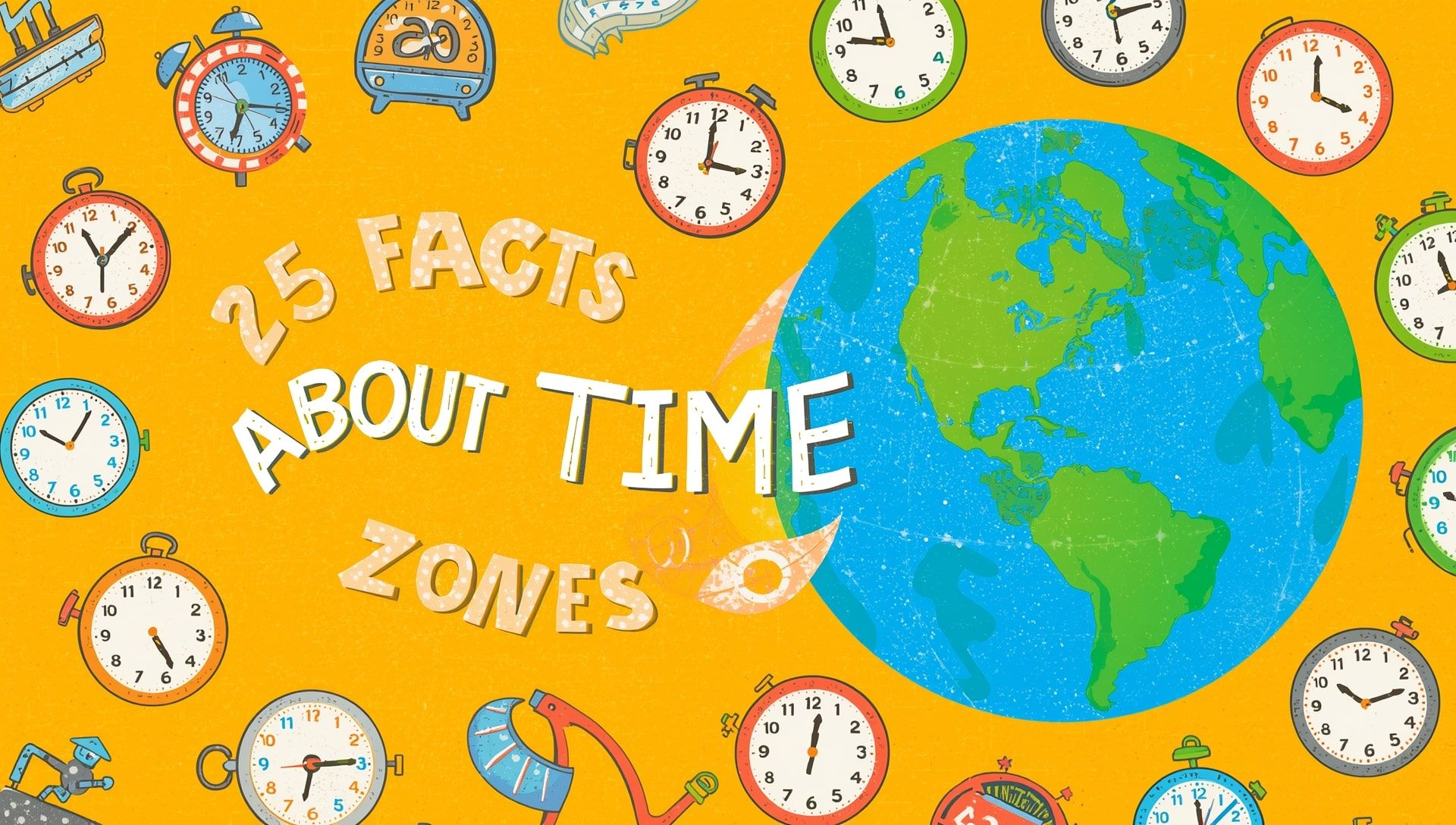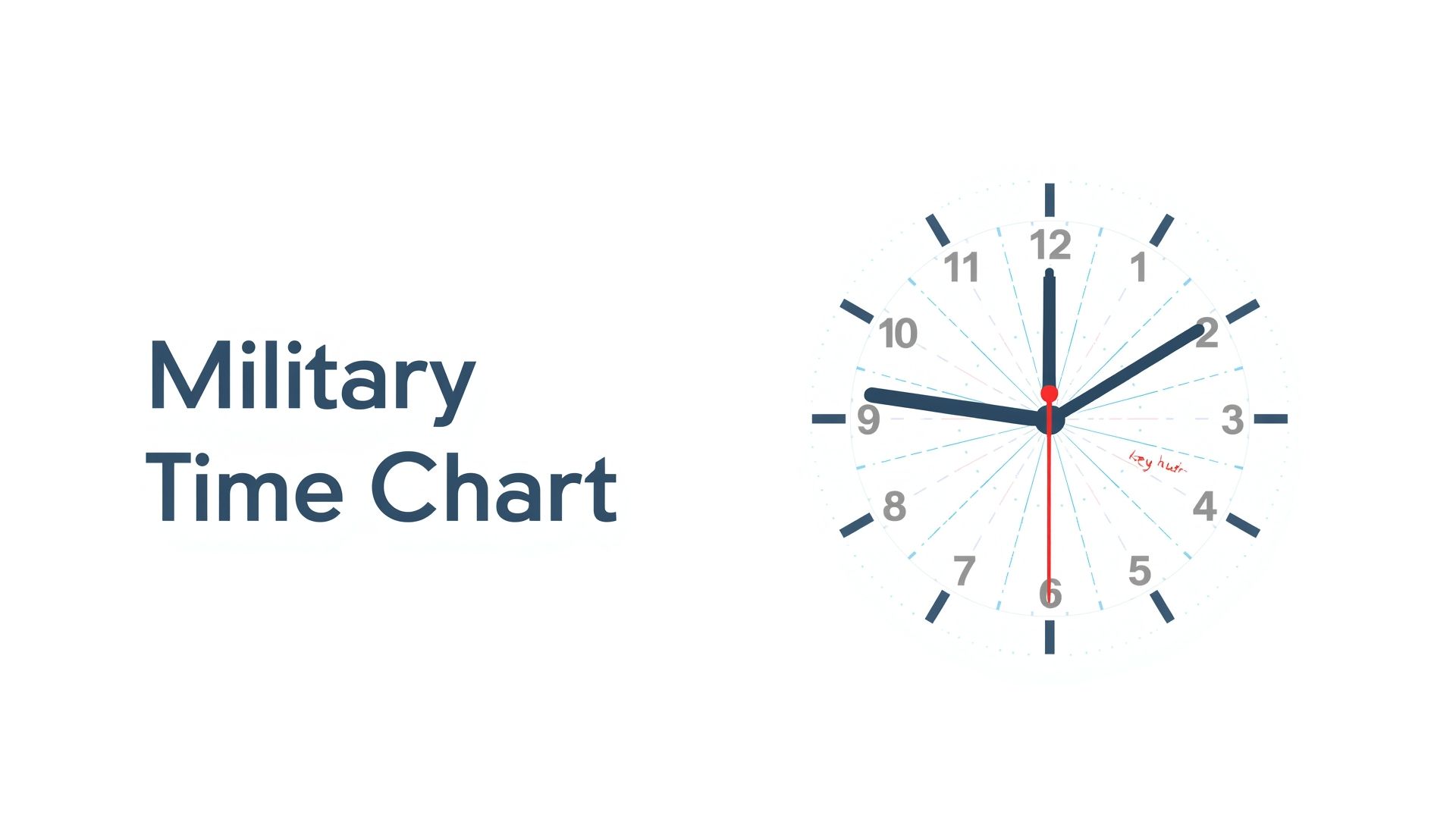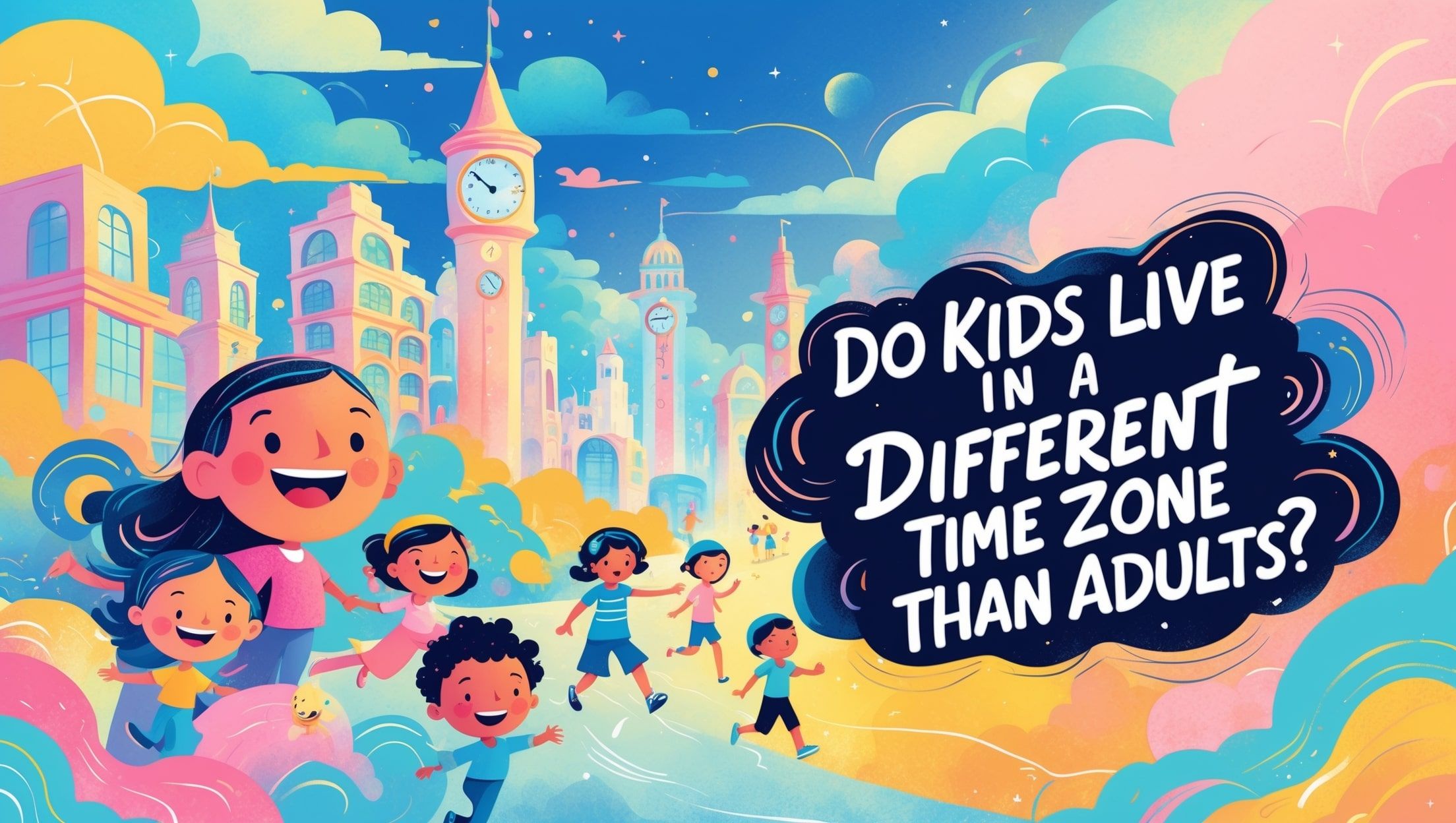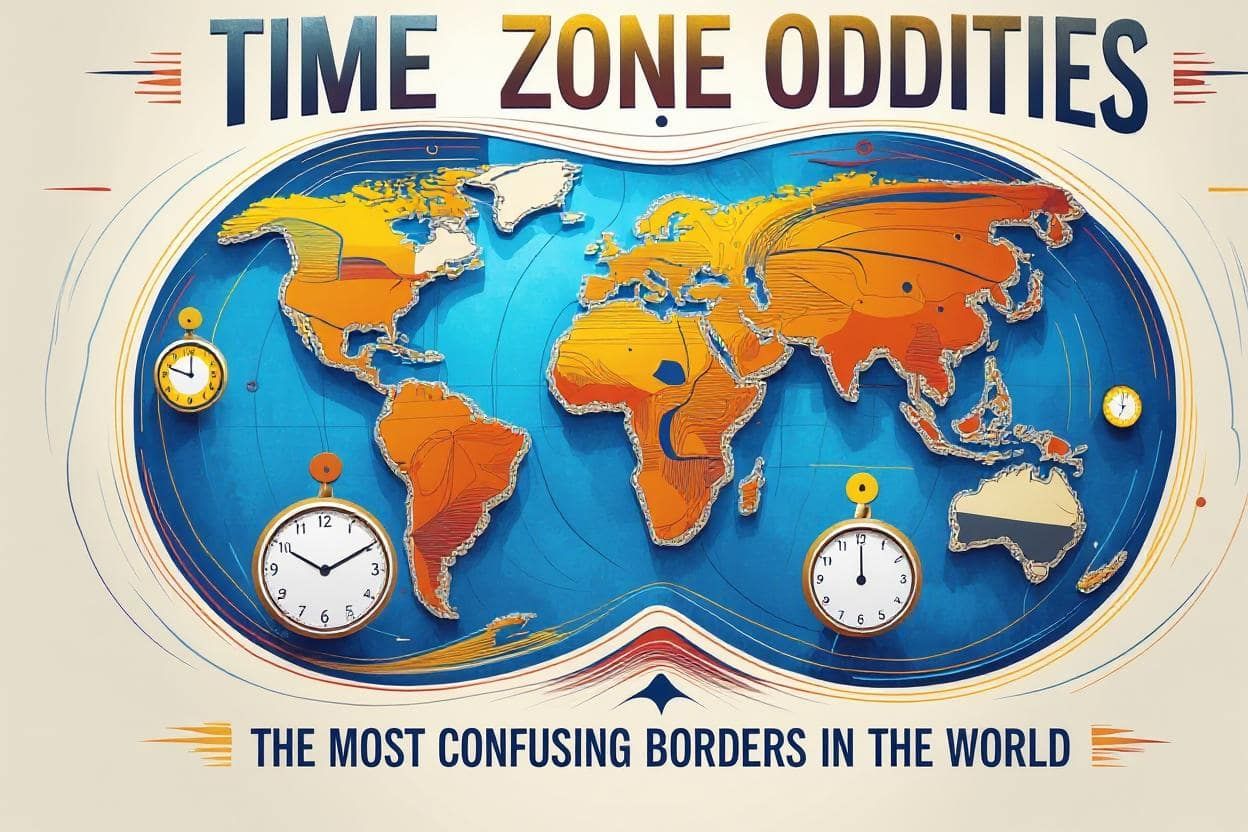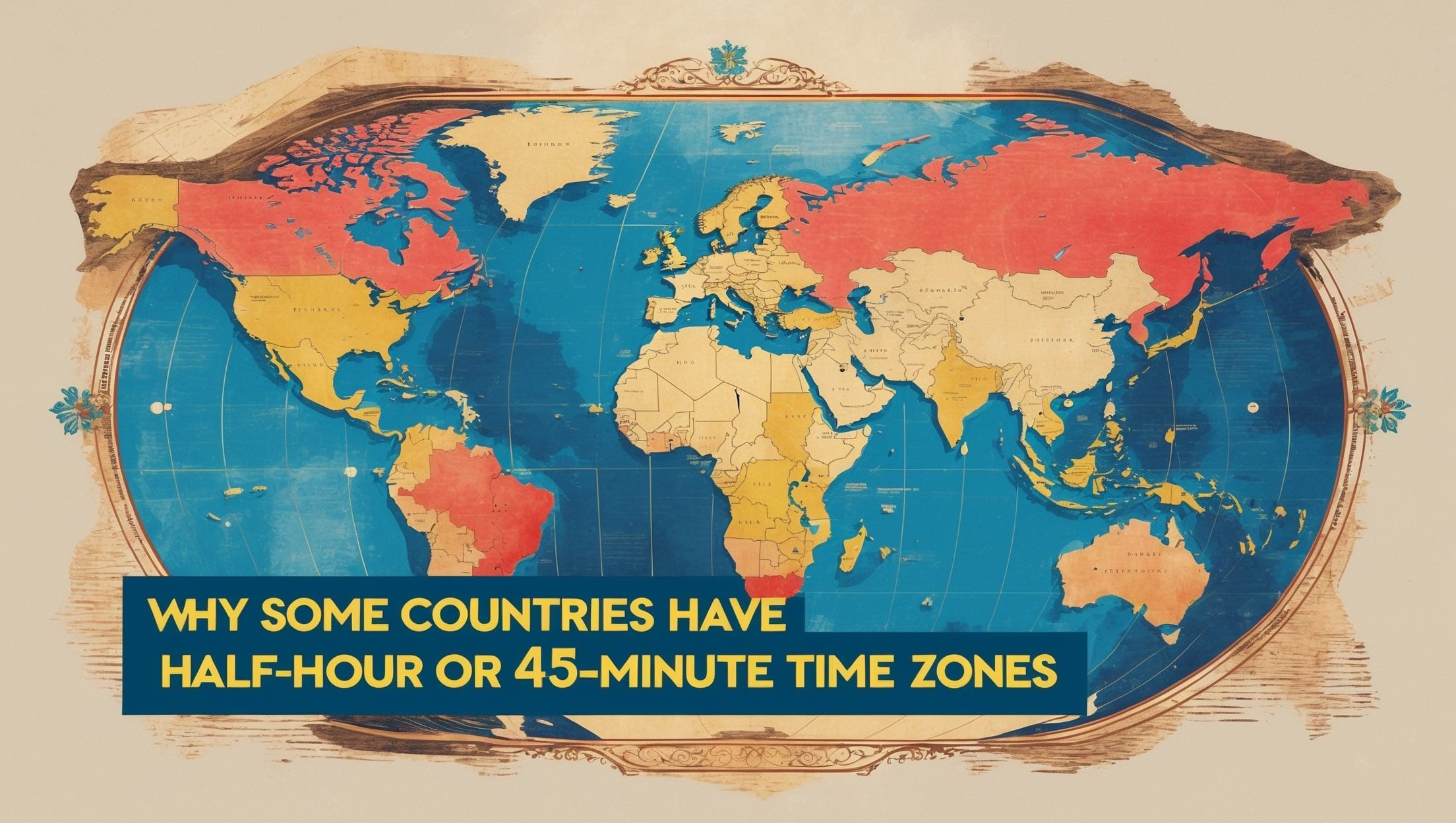At 6 a.m. in India’s far eastern states, the sun is already high in the sky. Schoolkids in Assam are yawning through first period while folks in Gujarat are still dreaming. But whether you’re sipping chai in Kolkata or catching a local train in Mumbai, your watch shows the same time: Indian Standard Time. One time zone. Over 1.4 billion people. No exceptions.
How India Got Stuck on One Time
India didn’t always tick to just one clock. Back in the British era, cities like Bombay and Calcutta ran on their own local times. But that changed after independence in 1947. The government needed a way to manage a massive, newly unified country. A single time zone made things easier to organize, especially for railways, radio broadcasts, and official offices. India’s single clock makes more sense once you start understanding how time zones are defined around the world.
The choice landed on UTC+5:30. It was a compromise. Not too late for the east, not too early for the west. Close enough to Delhi, the capital, to make sense for central administration. And just like that, the whole nation started ticking in sync, regardless of how early or late the sun rose.
But Isn’t India Too Big for One Time Zone?
Yes, geographically speaking. India spans roughly 2,933 kilometers from Arunachal Pradesh in the east to Gujarat in the west. That’s a difference of almost two full hours of sunlight. So while early risers in the east are out working by 5 a.m., some folks in the west don’t see dawn until after 7. The mismatch in daylight hours even influences energy use and daylight tracking across regions.
This causes real problems. In the northeast, people often start their days at dawn and wrap up by early evening. But they’re still expected to follow office hours based on IST. That means wasting daylight in the morning and burning electricity in the evening. Not ideal. The east wakes hours before the west — you can see these sunrise and daylight differences clearly across India.
What It Looks Like on the Ground
- Sunrise in Assam: Around 4:30 a.m. in summer, yet office work doesn’t start until after 9 IST.
- Late starts in Gujarat: Sunrise can be as late as 7:15 a.m., meaning it’s still dark during morning commutes.
- School hours misaligned: Kids in the east often attend school long after the sun’s up, while their counterparts in the west wait for daylight.
- Energy use: Artificial lighting in the evening is more common in eastern states due to the mismatch in daylight hours.
- Local workarounds: Some states unofficially follow a “chaibagan” (tea garden) time, an hour ahead of IST, especially in rural areas. You can check the daily routines and working hours worldwide to see how unique India’s single time zone really is.
Why Hasn’t the Government Changed It?
The idea of multiple time zones has been floated many times. Scientists, lawmakers, and local leaders from the northeast have pushed for a separate time zone. But the central government has been hesitant. IST (UTC+5:30) also follows global standards for keeping time that classify regions consistently.
The main concern is confusion. India already has to manage a lot of diversity, languages, religions, regional governments. Adding another time zone could complicate schedules, especially for transport and communication networks. Imagine trying to run Indian Railways on two clocks. Or broadcasting news nationwide without time conflicts. Having one national clock also simplifies coordinating meetings and national events across ministries and states.
There’s also a fear of setting a precedent. If one region gets its own time, others might demand the same. And that could lead to a fragmented system. In a country that values unity, that’s a big political risk.
Could Two Time Zones Actually Work?
Technically, yes. Scientists at the National Institute of Advanced Studies proposed creating a second time zone for the northeastern states, set one hour ahead of IST. The boundary would likely fall around West Bengal or Odisha. That way, Assam, Meghalaya, Nagaland, and other states could follow a time closer to their natural daylight hours.
Digital clocks and smartphones could handle it. Airlines already deal with time changes internationally. But it would require political will and public adjustment. And in a country of India’s size, even small shifts create big ripples. If a second time zone were added, workers and travelers could rely on tools for calculating time differences to stay in sync.
Why It Still Matters in Daily Life
This isn’t just about numbers on a clock. It affects sleep, productivity, energy use, and even mental health. In parts of the country, people are working against their natural body rhythms. Farmers in the east often start work long before the rest of the country wakes up. Kids walk to school in the dark. And offices burn lights in broad daylight, just because IST says it’s not yet morning.
As India continues to grow and digitize, the question of time becomes more than symbolic. It’s practical. Efficient use of daylight could help with energy savings. Better alignment between local time and work hours could improve lives in quiet, meaningful ways. For individuals managing multiple schedules, a personalized time display can make overlapping zones easier to visualize.
One Time, Many Realities
India’s single time zone is a symbol of national unity, yes. But it’s also a reminder that one size doesn’t always fit all. From the tea gardens of Assam to the deserts of Rajasthan, the sun keeps its own schedule. Whether the government ever shifts to two zones or not, the debate shows just how deeply time affects our daily lives, even when we don’t stop to notice it. It also highlights how national holidays and time coordination depend on shared timing and consistency across states.
